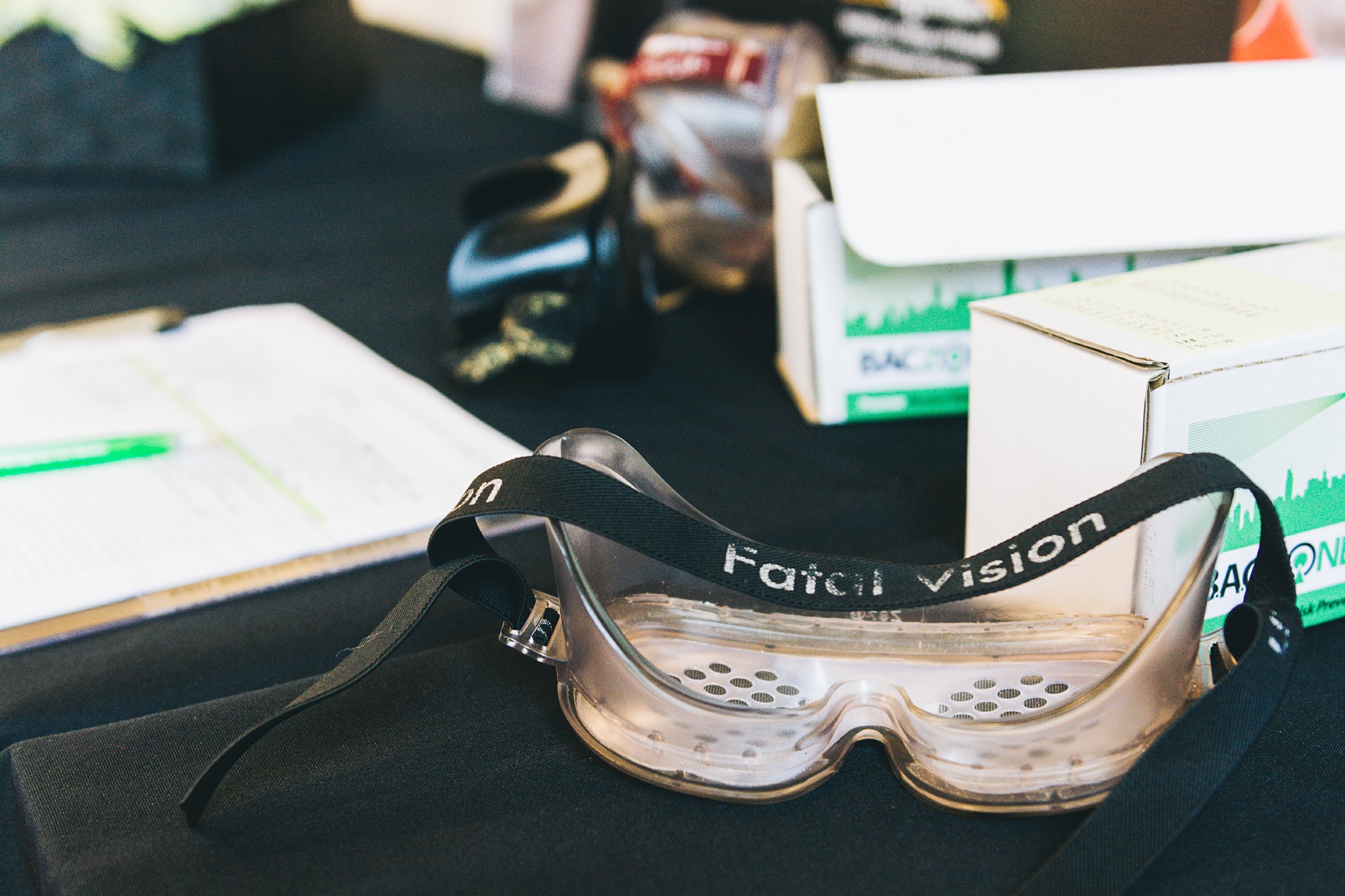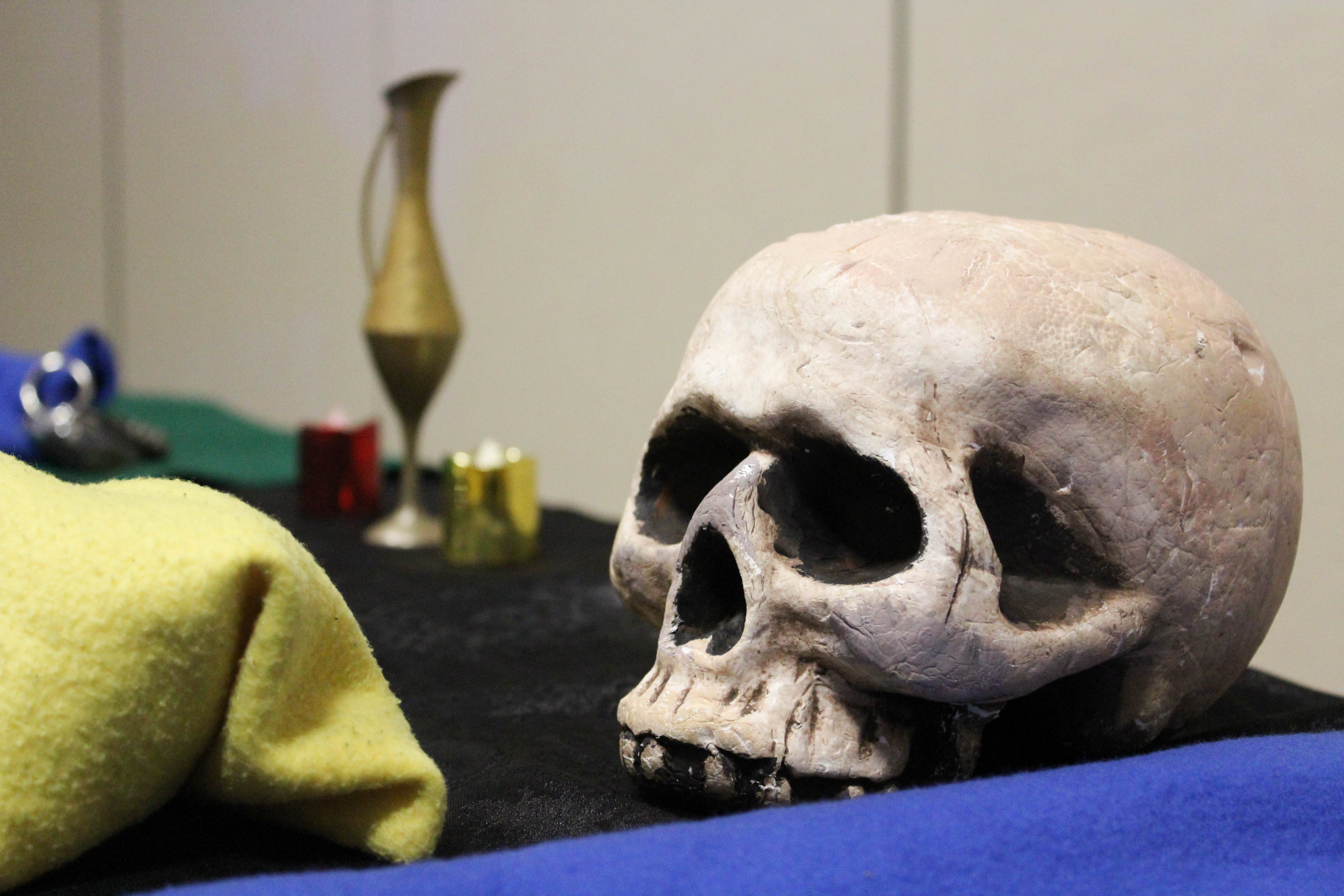The Center for Health and Wellness will host “We’ve got your BAC” from 11 a.m. to 1 p.m. on Feb. 23 in the J Building Atrium, located on the Marietta campus.
During the event, students will be taught responsible drinking habits and how to work a blood alcohol content monitoring card, which helps to monitor alcohol intake based on a person’s sex, age and weight.
Hosted once a month, the event alternates between campuses and is set up as a table event with games, prizes and plenty of BAC monitoring cards. The program planning is primarily done by senior biochemistry major and student assistant, Sharon Kaur.
“The card tells you what your blood alcohol content would be after a certain amount of drinks in a set amount of time,” Kaur said. “The number of standard drinks are based off the standard drink size, which aren’t always the same.”
The BAC card has three different colored zones: green, blue and red. It is recommended that students stay in their green, or “buzzed,” zone. The blue zone is labeled as a danger zone, referring to individuals who are exhibiting slurred speech, lack of balance and poor decision-making. The red zone, or serious risk zone, can lead to loss of consciousness or alcohol poisoning.
“We have a resource card to hand out with the BAC card that gives students tips on staying in the green zone,” Kaur said. “It also has taxi services provided, and there are statistics about college-age drinking that we work to keep up with.”
Health Promotion Coordinator Dalida Brown said she thinks the BAC card is an extremely helpful way to monitor one’s alcohol intake.
“It’s the best one I’ve seen,” Brown said. “You can also do it online, but that means you’ve got to have a way to get online. It’s just a good thing to have with you at all times.”
The event features a few different activities, which change month-to-month, including the use of large pictures of popular cocktails with figures on the back as to how many standard drink units are in a certain beverage. There’s also a spin-the-wheel activity that covers topics like what to do as a bystander when someone is drunk.
“One of our more popular activities is when we bring out beer goggles,” Kaur said. “We have remote control cars, and we bring out tapes and cones and students drive the race cars with the goggles on to see how much it does to impair them. The goggles have specific blood alcohol content levels written on their sides, and there is also one for night drinking, so they’re tinted darker.”
Prizes for attendees at the event can include cups labeled with drinking statistics, informative magnets, highlighters, pens and sometimes even T-shirts.
“I think it’s important for students to know there are resources they can reach out to if they’re drunk, like taxis or campus services,” Kaur said. “There is also an app for the BAC monitoring card that can be accessed on your smartphone, called ‘iDrinkSmarter.’”
Students who miss the event can also stop by the Center for Health and Wellness any time to pick up a BAC monitoring card and get answers to any questions they might have in regards to alcohol safety.



